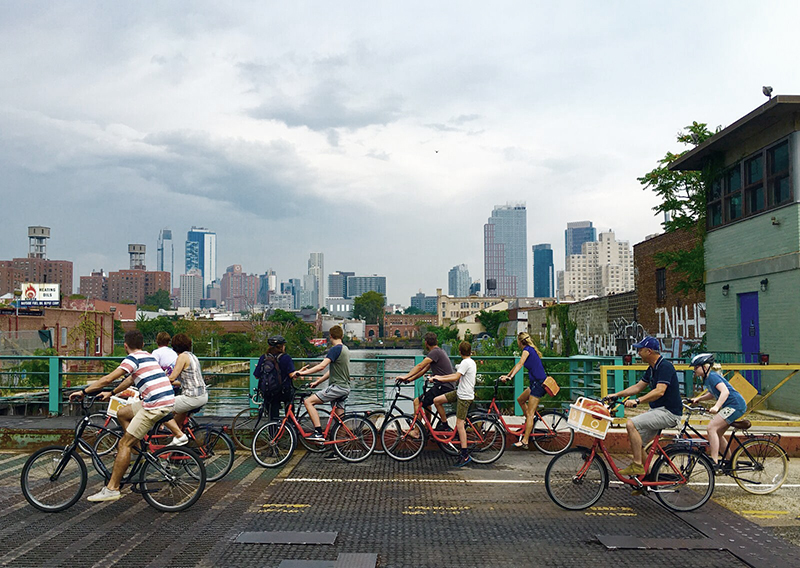Report: Rezoning could cause Gowanus heat waves; Green mandates recommended
One recommendation: Turn Con Ed lot into temporary park

The 5 Boro Bike Tour is this Sunday. Eagle file photo by Lore Croghan
Gowanus is one of the trendiest neighborhoods in Brooklyn, but will its upcoming rezoning make the neighborhood way too hot?
Gowanus — an area already subject to a poor air and water quality, heavy traffic and lack of parks and open space — could suffer the effects of a phenomenon known as the urban heat island effect as higher density buildings are developed, according to the nonprofit Urban Land Institute New York (ULI NY).
In the urban heat island effect, buildings, cement and asphalt paving cause cities to be hotter than surrounding, less developed areas, especially at night. While daytime temperatures can be as much as 5 degrees Fahrenheit hotter, evening temperatures can be as much as 22 degrees hotter than neighboring areas.
